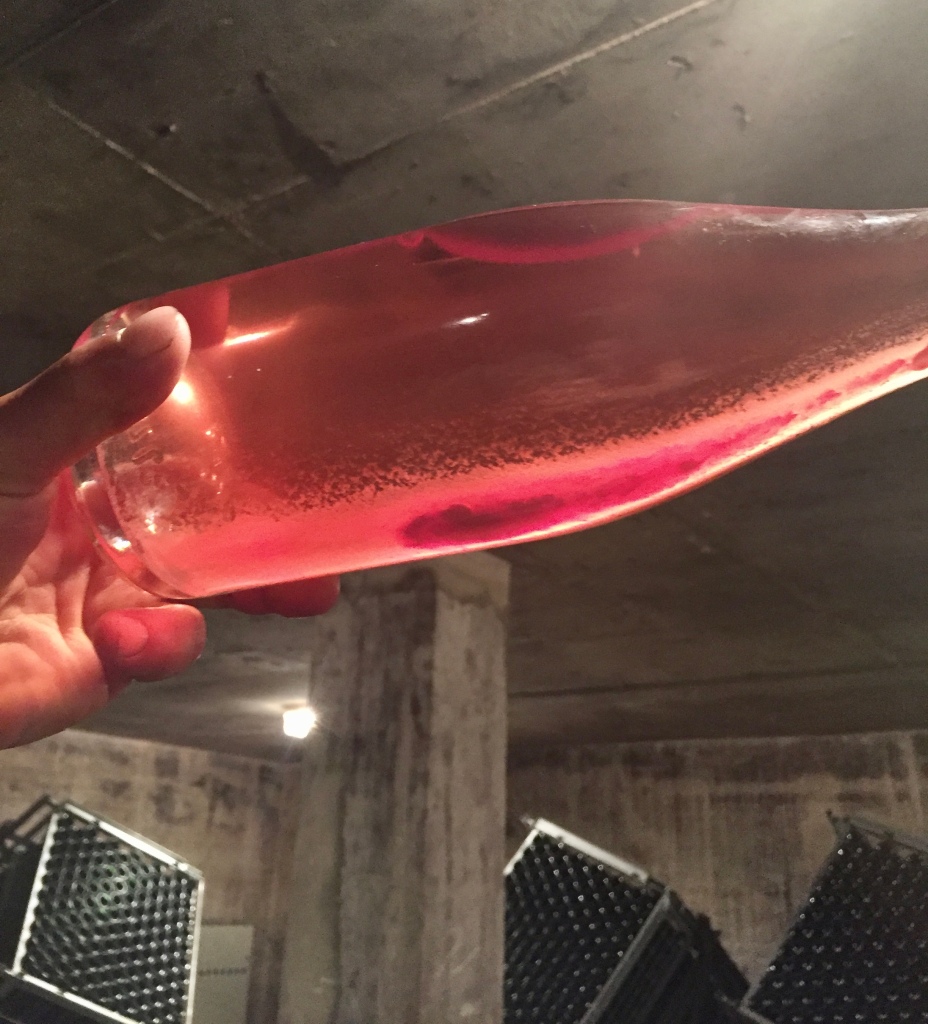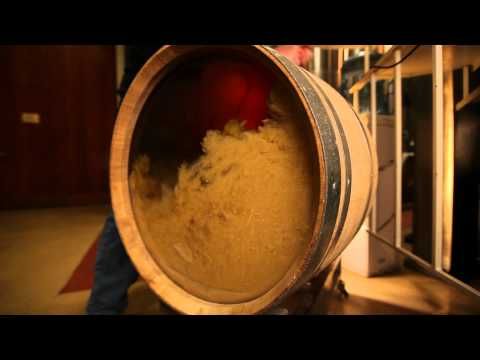Tags
My resolution for 2021 is to continue along my path of learning and growing emotionally as a person. I am incredibly thankful for the lessons 2020 brought me – what a year it was! I thought I would kick it off by giving something back to you with some focused wine education. I will post a wine word every few weeks with a brief lesson alongside. Who doesn’t want to learn a bit more about wine? I know I do and still very much am!
Your wine words of the day are Lees and Lees Ageing:
Lees are the dead yeast cells and other microscopic particles remaining in a wine after fermentation. They settle as creamy mud at the bottom of the fermentation vessel. This vessel can be a stainless steel tank, an oak barrel, a concrete egg or even a bottle, such as champagne and other bottle-fermented sparkling wines.
In winemaking, it is common to leave certain white wines in contact with their lees for varying lengths of time after fermentation. This is called lees ageing. As the lees (dead yeast cells) break down, they release compounds such as protein, amino acids and fatty acids that interact with the fermented wine. This interaction with the wine creates complexity and texture in wine, among other things.
While lees ageing can be a stylistic choice for winemakers, a fun fact is that lees absorb oxygen. Why is this important? It helps reduce the risk of any unwanted oxidation of the wine and helps maintain the overall stability of the wine. Yay!
Lees ageing is often used for crafting Chardonnay wines around the world. This winemaking choice is also finding success with other white grape varieties such as Albariño, Muscadet and Sauvignon Blanc. Spending time ageing on lees enhances the structure, mouthfeel and complexity of the wine.

Do you have any wine questions for me? Don’t be shy – ask away!
I wish you a happy Friday and a relaxing weekend ahead.



Great information and education, good to know all these facts associated with wine production which leads to a greater understanding and appreciation of that which is in the glass! Thank you and cheers!
I use lees a lot in winemaking, mostly battonage on whites in barrel and I taste the lees after racking a batch because that tells you a lot about what the wine will become. I have sometimes racked a wine that needs help onto lees of a great batch and resuspend, that can do magic as well. thanks for sharing ! cheers mark
I am so intrigued by all of the winemaking choices! What an incredible skill to be able to craft excellent wine. Bravo!
Pingback: #chardcore Chardonnay of the Day – Haywire by Okanagan Crush Pad ‘Secrest Mountain Vineyard’ 2018 Chardonnay Okanagan Valley B.C. VQA | Girls Go Grape
Pingback: Blue Mountain Vineyard and Cellars | Girls Go Grape